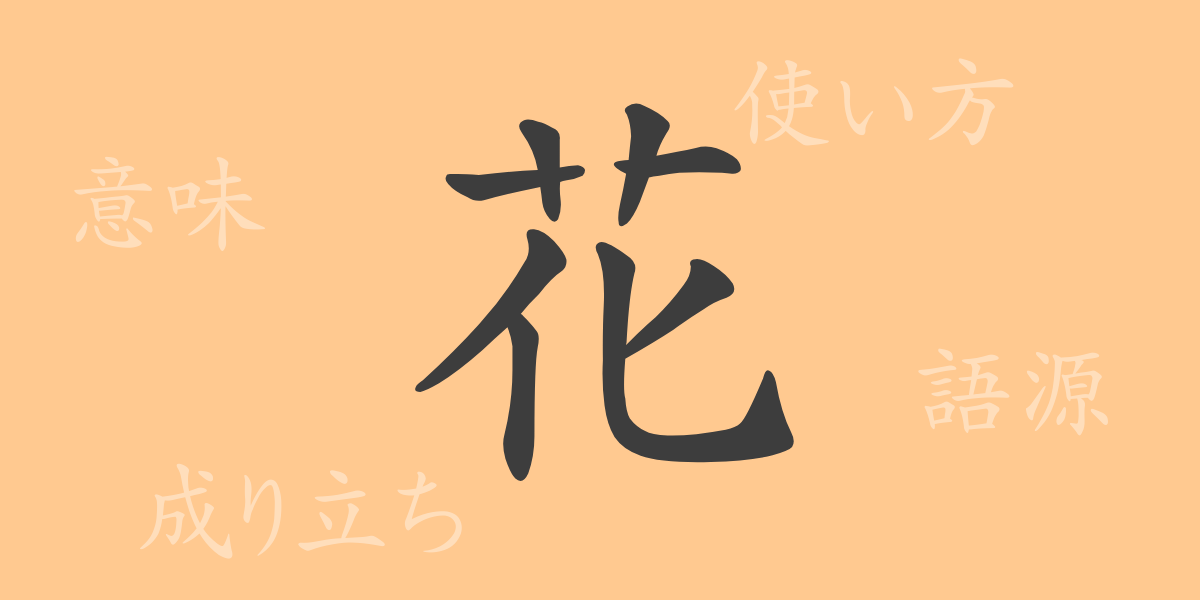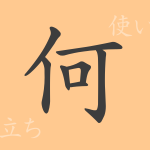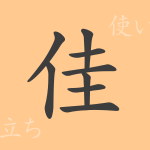The “”flowers”” 花”(Ka, Hana)that color Japan’s four seasons are more than just natural beauty; they are deeply rooted in culture and language. The rich meaning and history behind the single kanji character hold a special place in the hearts of the Japanese people. In this article, we will provide a wide range of knowledge about the commonly used kanji “”flower”” 花”, from its origins to its meaning, usage, pronunciation, and even idioms and phrases that feature flowers.
Origins of the Flower Kanji
The kanji for “”flowe”” 花”roriginated in ancient China. It is composed of the “”grass”” (艸) radical, which represents lush vegetation, combined with two instances of “”young”” (夭). It originally signified a youthful and vibrant part of a plant. Over time, it became the character specifically denoting the beautiful part of a plant, namely the flower, and became established in the kanji-using cultural sphere, including Japan.
Meaning and Usage of the Flower Kanji
The character “”flower”” 花” not only refers to the flower of a plant but is also widely used metaphorically. It can represent something beautiful, valuable, or the pinnacle or culmination of something. For example, the “”flower of life”” refers to the most brilliant period of one’s life.
Pronunciation, Stroke Count, and Radical of the Flower Kanji
The kanji “”flower”” (花) has various pronunciations, each carrying different nuances depending on its use.
- Pronunciation: The onyomi (Chinese reading) is “”ka,”” and the kunyomi (Japanese reading) is “”hana”” (はな).
- Stroke Count: The kanji “”flower”” (花) is composed of 7 strokes.
- Radical: The radical is “”grass”” (艸), and it is classified under kanji related to plants.
Idioms, Phrases, and Proverbs Using the Flower Kanji and Their Meanings
There are numerous idioms, phrases, and proverbs in Japanese that use the “”flower”” (花). These can be found in everyday conversation, literature, and even business contexts.
For instance, “”hanagata”” (花形) signifies a central, prominent figure in a field, while “”hana o motaseru”” (花を持たせる) means to praise someone by giving them credit. The proverb “”hana yori dango”” (花より団子) expresses the idea of prioritizing practicality over aesthetics.
Conclusion on the Flower Kanji
The kanji “”flower”” (花) symbolizes beauty and vitality and has been expressed in various forms within Japanese language and culture. From its biological meaning to metaphors for the peak of life or activities, the “”flower”” (花) plays an important role in our language. Through this article, we hope you have gained insight into its deep meanings and background, and have a renewed appreciation for the depth of the Japanese language.

























